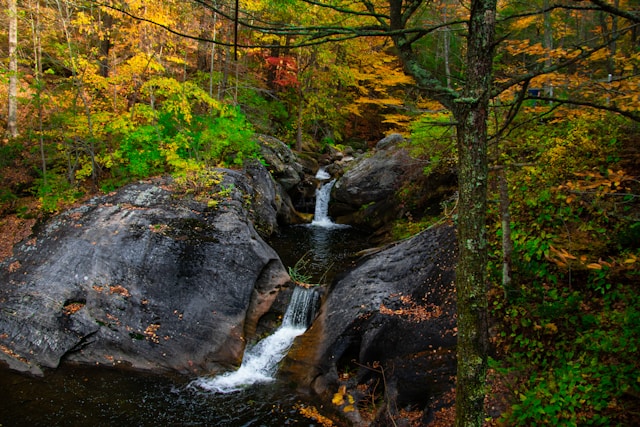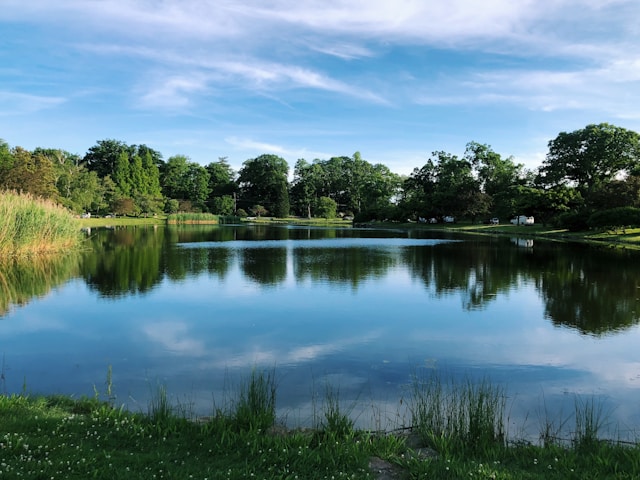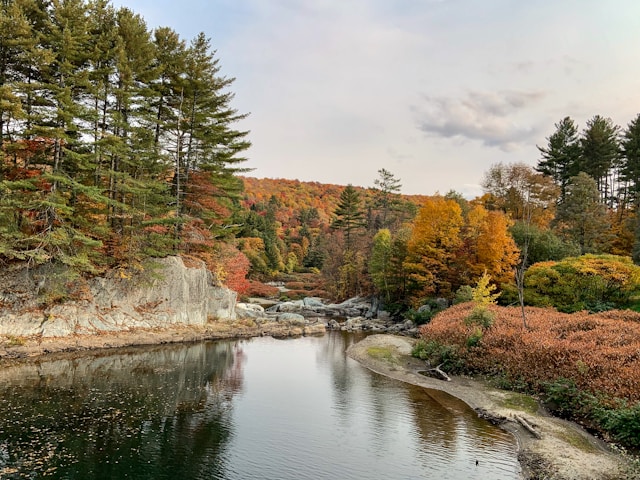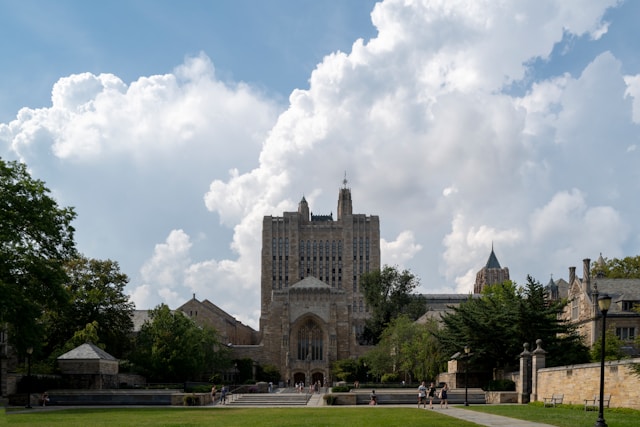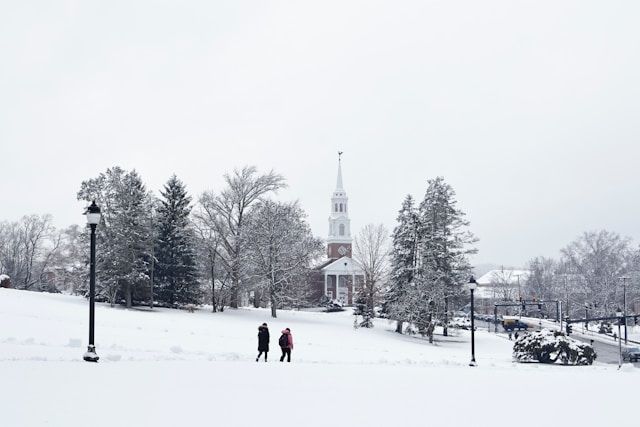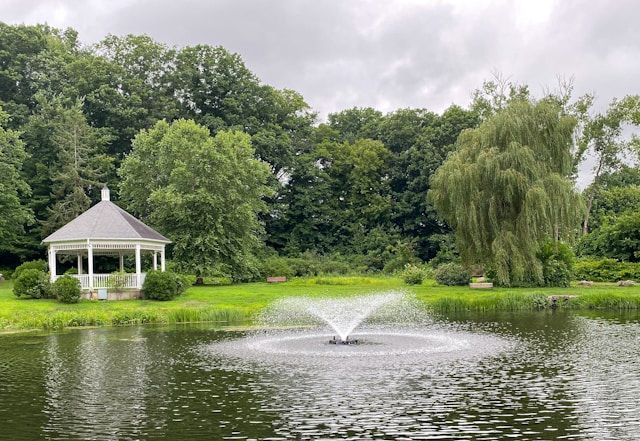Storrs, Connecticut began its journey as farmland when Charles and Augustus Storrs donated 170 acres, $6,000, and a former orphanage in the early 1880s. This generous gift established the Storrs Agricultural School, which would later evolve into the renowned University of Connecticut we know today. Classes officially began on September 28, 1881, with just three teachers and 13 male students.
Storrs is technically a village and census-designated place within the town of Mansfield in eastern Tolland County, with a population of 15,979 as of 2020. The area’s identity has been shaped dramatically by the university, which serves as both its economic and demographic center. This relationship created a unique blend of rural New England charm and vibrant academic energy that continues to define the community.
Get a discount of 15% to 70% on accommodation in Connecticut! Look for deals here:
Connecticut Hotels, Apartments, B&Bs
What visitors see today in Storrs represents a remarkable transformation. The once-rustic agricultural school gained momentum after the Yale-Storrs controversy led to additional funding, and the modern downtown area has blossomed into a thriving community space where students and residents enjoy cafes, shops, and cultural events. Fairy lights illuminate alleyways while concerts fill the central square, creating a picturesque collegiate atmosphere unique to this special corner of Connecticut.
Early Settlement and Educational Roots
The history of Storrs, Connecticut is deeply intertwined with both early American settlement patterns and the development of agricultural education in the United States. The area’s transformation from indigenous land to educational center represents a significant chapter in Connecticut’s evolution.
Founding and Development of Storrs
Before becoming known as Storrs, the area was home to Pequot and Mohegan peoples who first inhabited the region. The Storrs name became associated with the area in the seventeenth century, marking the beginning of European settlement.
The Town of Mansfield, which encompasses Storrs, was legally incorporated in 1702. This rural community remained primarily agricultural for generations, with farming families establishing homesteads throughout the area.
The Storrs family became particularly influential in the region. In 1849, a notable homestead was built for Royal Storrs, which later became part of the Storrs family farm. This property would eventually play a crucial role in the area’s educational development.
Establishment of the Storrs Agricultural School
In December 1880, brothers Charles and Augustus Storrs made a generous offer that would forever change the region’s identity. Recognizing the “intellectual privations” common to farm life, they donated land and money to the State of Connecticut to found an agricultural school in Mansfield.
Augustus Storrs contributed 170 acres and several buildings, while Charles donated $6,000 and 800 books from his personal library. This donation created the foundation for the Storrs Agricultural School, established to provide practical education in farming techniques and agricultural science.
The school’s initial mission focused on training young people in modern agricultural methods. This innovative approach to education aimed to improve farming practices throughout Connecticut and develop a more educated agricultural workforce.
Transition to Storrs Agricultural College and Connecticut Agricultural College
The institution’s early success led to its evolution into Storrs Agricultural College. This transition marked an expansion of the curriculum and facilities, supporting more comprehensive educational offerings beyond basic agricultural training.
A significant moment in the school’s history came during what is known as the Yale-Storrs Controversy. This dispute centered on which institution would serve as Connecticut’s land-grant college under the Morrill Act, which provided federal funding for agricultural education.
After a lengthy legal battle that reached U.S. circuit court and went to arbitration in 1896, Storrs prevailed. Yale paid $154,604 in damages, lost its land-grant status, and Storrs became Connecticut’s official land-grant institution—a designation the University of Connecticut maintains today.
This victory accelerated the college’s growth into the Connecticut Agricultural College, setting it on a path toward becoming the major research university it is today.
Modern Expansion and Community Landmarks
Storrs has transformed dramatically since the mid-20th century, developing from a rural hamlet into a vibrant community anchored by educational institutions and thoughtful development projects. The area’s growth reflects both its academic roots and commitment to preserving its unique character.
The Growth of the University of Connecticut
The University of Connecticut has been the primary catalyst for Storrs’ modern development. Initially established when the Storrs brothers donated land in 1881, UConn has expanded into a prestigious institution with over 30,000 students.
In recent decades, the university underwent massive expansions including the UConn 2000 and 21st Century UConn initiatives. These billion-dollar investments transformed the campus with new academic buildings, research facilities, and student housing.
North Eagleville Road developed as a major campus corridor, connecting academic buildings with student life facilities. The growth extends beyond physical structures to include cultural landmarks like the Jorgensen Center for Performing Arts and the William Benton Museum of Art.
The athletic facilities, particularly Gampel Pavilion and Rentschler Field, have become iconic landmarks drawing visitors from across Tolland County and beyond.
Significant Structures and Organizations
Downtown Storrs represents one of the most ambitious modern developments in the area. Completed in 2013, this mixed-use development replaced a small shopping center with a vibrant town center featuring apartments, restaurants, and retail spaces.
The Town of Mansfield’s governmental facilities, including the Town Hall on Route 195, serve as administrative anchors. The Mansfield Public Library provides essential community services beyond its collection of books.
Religious institutions maintain historical significance in Storrs. The Storrs Congregational Church, with its distinctive white steeple, continues to be a visual landmark along Route 195.
Historic businesses like the Mansfield General Store and the Altnaveigh Inn preserve connections to the area’s past while adapting to serve contemporary needs. These establishments along Centre Street create a bridge between Storrs’ rural history and its university-town present.
Get a discount of 15% to 70% on accommodation in Connecticut! Look for deals here:
Connecticut Hotels, Apartments, B&Bs

